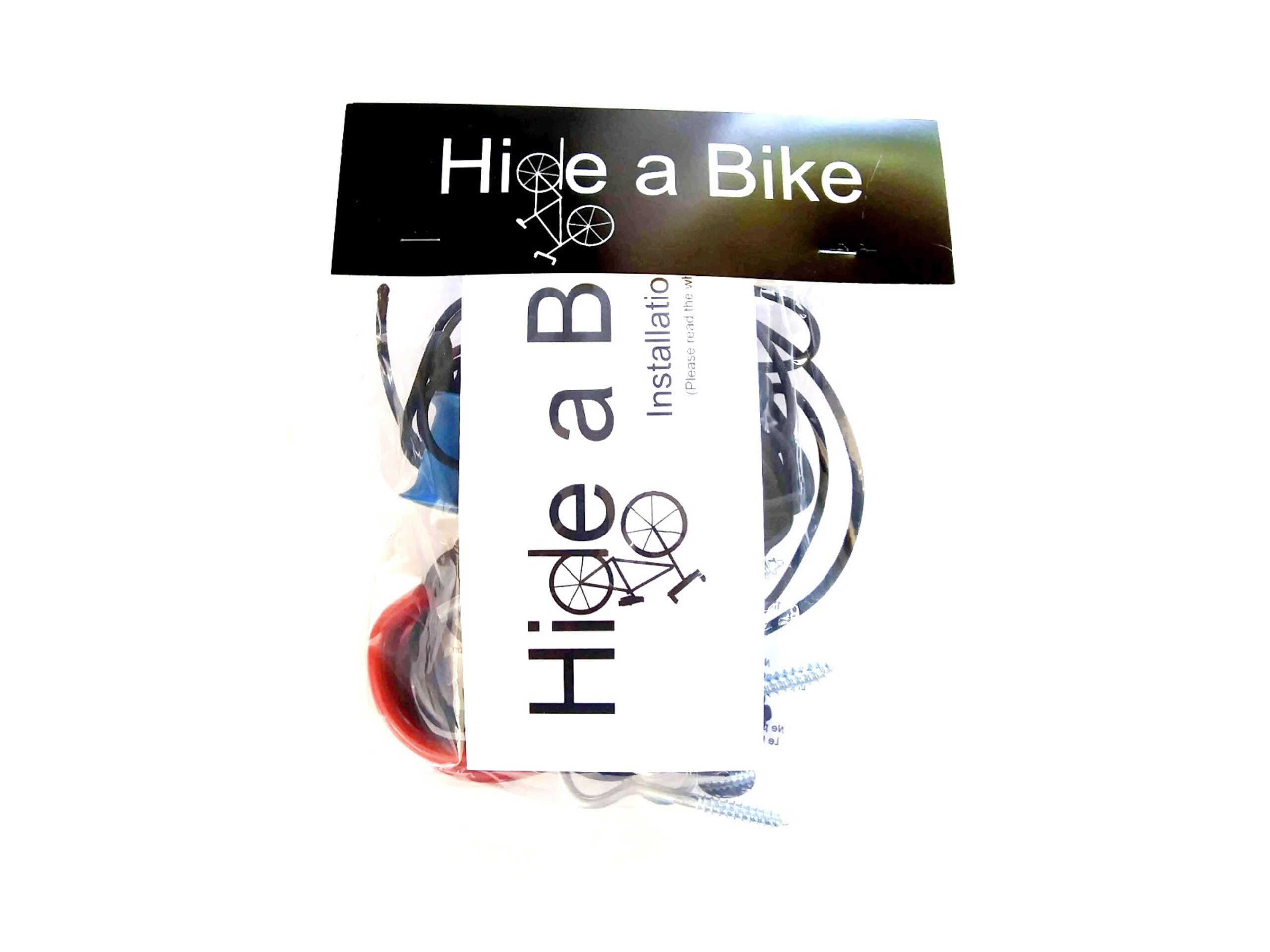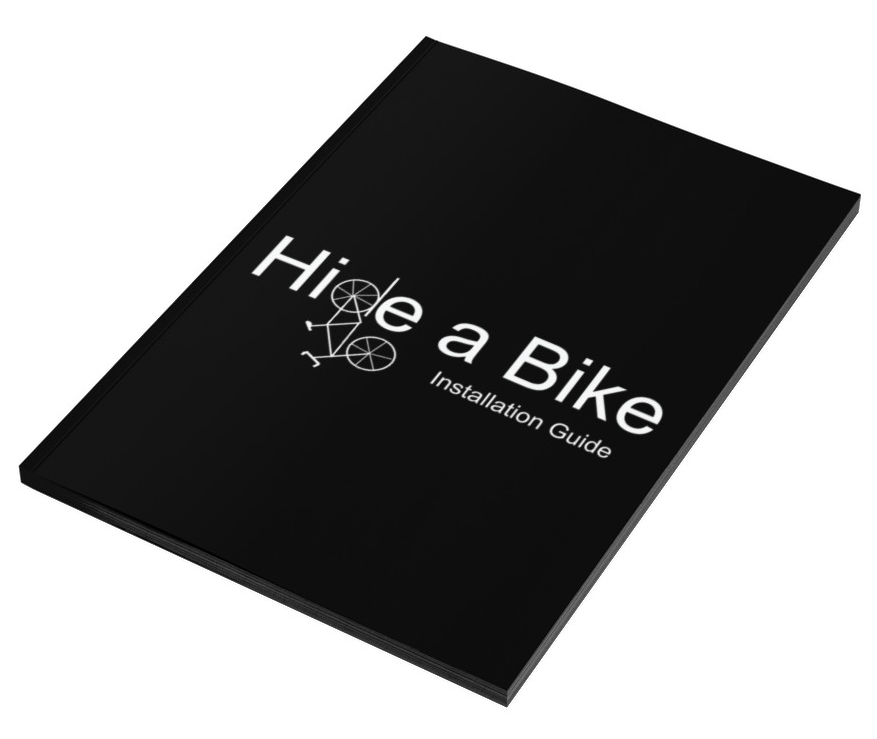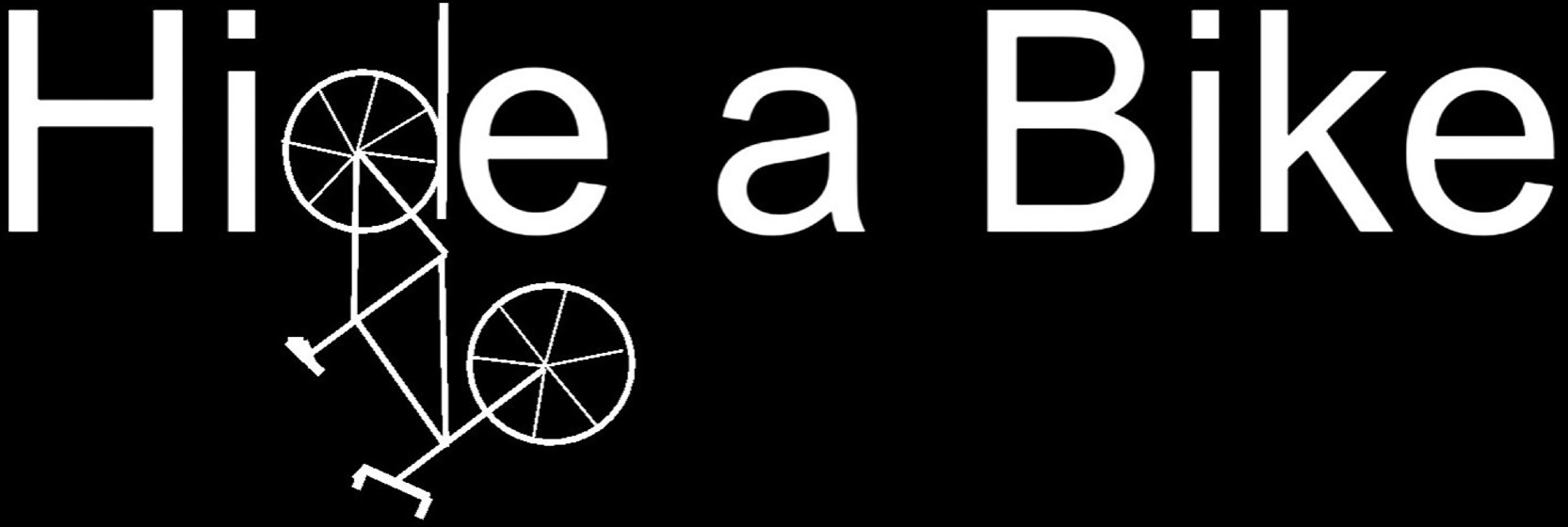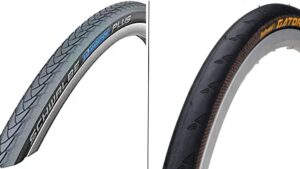How To Handle Roadside Emergencies: Bent Wheels Or Broken Spokes

Learn how to handle bent wheels and broken spokes in roadside emergencies, from causes and signs to professional help.
*This article may contain affiliate ads that help to support this site*
Every journey on the road comes with its own set of uncertainties. Among the most frustrating and potentially dangerous scenarios are roadside emergencies, especially when they involve issues with your vehicle’s wheels, such as bent rims or broken spokes. These problems can be caused by various factors, including unexpected potholes, accidents, or simply the wear and tear of time. In this guide, we will explore the vital aspects of handling such emergencies with poise and practicality. You’ll discover how to recognize the signs of bent wheels and broken spokes, and what immediate steps to take to ensure your safety and the longevity of your vehicle. We’ll also discuss temporary solutions and when it’s best to seek professional assistance.
1. Potential Causes Of Roadside Emergencies
When it comes to dealing with bent wheels and broken spokes in a roadside emergency, knowledge is your first line of defense. Understanding the causes of these issues will not only help you prevent them but also enable you to respond effectively when they occur.
Potholes: Potholes are a common culprit for bent wheels and damaged spokes. These road craters form due to weather, traffic, and road maintenance issues. When your bike’s wheel encounters a deep pothole, the impact can cause the wheel to bend or a spoke to break. Be especially cautious when riding in areas with extreme temperature fluctuations, as they can accelerate pothole formation.
Accidents: Collisions with other vehicles, curbs, or obstacles can result in bent wheels or damaged spokes. Even a minor accident can have a significant impact on your wheel’s structural integrity. Always ride attentively, maintain a safe following distance, and be cautious around cars and pedestrians.
Wear and Tear: Over time, wheels and spokes can weaken due to normal wear and tear. Rust and corrosion can affect the integrity of spokes, while prolonged usage can lead to wheel deformation. Regular maintenance and inspections can help you catch issues before they become emergencies.
By understanding the root causes of bent wheels and broken spokes, you can become a more proactive cyclist. Next we will learn how to recognize the signs of these problems, allowing you to take action swiftly and minimize potential damage.
2. Recognizing The Signs
Recognizing the early signs of bent wheels and broken spokes is essential for addressing these issues before they escalate into more severe problems. When you’re on the road, being attentive to your bike’s performance and any unusual sensations is key to identifying potential trouble. Here are the signs to look out for:
Vibrations and Shaking: If you notice your handlebars or the entire bike vibrating or shaking more than usual, it may indicate a problem with your wheels or spokes. These vibrations are often a telltale sign of an imbalance caused by a bent wheel or a broken spoke. They can vary in intensity, from subtle vibrations to more pronounced shaking.
Unusual Noises: Pay close attention to any strange noises originating from your wheels while riding. A rhythmic thumping or clicking sound, especially when your bike is in motion, can signal an issue. Such sounds may suggest that a spoke has broken or that your wheel has been compromised.
Handling Issues: If your bike’s handling feels off, it’s a clear indicator that something may be wrong. Symptoms can include pulling to one side, difficulty steering, or a general lack of responsiveness. This could be due to a bent wheel or a broken spoke affecting stability.
Uneven Tire Wear: Regularly inspect your tire tread for signs of uneven wear. If you notice that one or more tires are wearing down faster than the rest, it could be linked to a wheel or spoke issue. Uneven tire wear is often a result of misalignment caused by a bent wheel.
Visual Inspection: Take a moment to visually inspect your wheels whenever you get the chance. Look for visible signs of damage, such as dents, cracks, or missing spokes. If you find any of these issues, it’s crucial to address them promptly.
By staying alert to these signs, you can catch problems with your wheels and spokes early on, potentially preventing a minor issue from turning into a full-blown roadside emergency.
3. Immediate Steps To Take
When you suspect that your bicycle has encountered issues with bent wheels or broken spokes, taking immediate action is crucial. Here are the essential steps to follow in the event of such a roadside emergency:
Safely Pull Over:As soon as you notice the signs mentioned in the previous section, find a safe spot to pull over. Choose a level and well-lit area away from traffic if possible. If you have lights on your bike, keep them illuminated to signal to other drivers that you have an issue.
Assess the Damage: Take a moment to assess any damage. Look at the affected wheel for visible signs of bending, dents, or missing spokes. If it’s dark, use a flashlight to get a better view.
Determine Safety: Consider the safety of your current location. If you’re on the side of a busy highway or in an area with fast-moving traffic, it may be safer to move to a less busy location.
Evaluate Rideability: Assess whether your bike is still rideable. If the damage is extensive or affects the structural integrity of the wheel, it’s best not to attempt to ride any further. Continuing to ride with a severely bent wheel or a broken spoke can cause further damage or even lead to a complete wheel failure.
Contact Assistance: Reach out for assistance promptly. Call a friend or family member to help you if necessary. Provide them with your location, a description of the issue, and any other relevant details. If you’re in an unfamiliar area, use a GPS app on your phone to pinpoint your location.
Dealing with bent wheels and broken spokes on the road can be a stressful situation, but following these immediate steps will help you manage the situation and ensure your safety.

Hide A Bike Kit
Is your garage starting to become a mess? Save space by storing your bikes flat against the ceiling.
4. Temporary Fixes And DIY Tips
While it’s always advisable to seek professional assistance when dealing with bent wheels or broken spokes, there are some temporary fixes and do-it-yourself (DIY) tips that can help you address the issue in a pinch or reduce further damage. Keep in mind that these solutions are meant to get you to a safe location and should not be considered long-term remedies. Here are some steps you can take:
Check Tire Pressure: Before attempting any repairs, check the tire pressure on the affected wheel. If it’s significantly low, use a bike pump to inflate it to the recommended pressure. This can help provide some stability to your bike and prevent further damage.
Lug Nut Inspection: Ensure that the lug nuts securing the wheel are properly tightened. Loose lug nuts can exacerbate the problem. If they’re loose, tighten them as much as you can with the tools you have available.
Use a Spare Tire: If you have a spare tire with you and the damaged wheel is causing severe handling issues, consider replacing the damaged wheel with the spare. This will provide a safer driving experience until you can reach a repair facility.
Spoke Reinforcement: If you have experience with wheel repair, you can attempt to reinforce a broken spoke temporarily using sturdy materials like wire or zip ties. This should only be done if you have the necessary knowledge and tools, and it’s not recommended for inexperienced individuals.
Ride Slowly and Cautiously: If you must continue riding with a bent wheel, do so at a significantly reduced speed and exercise extreme caution. Slow down and avoid sudden maneuvers, as these can further damage the wheel and compromise safety.
Limit the Weight:Minimize the weight on your bike, especially in the affected area. Reducing the load on the damaged wheel can help reduce stress on it.
Regular Checks:Make regular stops to check on the wheel’s condition and ensure it’s not deteriorating further. If you notice any changes, take further precautions or seek professional assistance immediately.
It’s important to emphasize that these temporary fixes and DIY tips are not a substitute for professional repair. They are meant to provide a brief solution to help you reach a safe location or repair shop. As soon as you can, contact a qualified bike mechanic to properly address the issue with your bent wheel or broken spoke.
5. Seeking Professional Help
While temporary fixes and DIY tips can be handy in a pinch, it’s essential to understand that they are not long-term solutions. To ensure your safety and the longevity of your bicycle, seeking professional assistance is paramount when dealing with bent wheels and broken spokes. Here’s why professional help is so crucial:
Expertise: Professional mechanics and technicians have the training, knowledge, and experience to accurately assess the extent of the damage and determine the best course of action. They can identify underlying issues that might not be apparent to an untrained eye.
Safety: Repairing or replacing a bent wheel or broken spoke is a task that requires precision and the right tools. Professionals have access to specialized equipment and follow safety procedures to prevent accidents and further damage to your bike.
Prevent Further Damage: A seemingly minor issue with your wheel or spokes can lead to more significant problems if not addressed properly. By seeking professional help, you can prevent additional wear and tear on your bike and avoid costly repairs down the line.
Long-Term Solution: Professional repairs or replacements provide lasting solutions. When the job is done by experts, you can have confidence in the quality of the work, ensuring that your bike is safe to ride and performs optimally.
Warranty Considerations: If your bicycle is under warranty, attempting DIY repairs or relying on temporary fixes might void the warranty. To protect your warranty and ensure that any necessary repairs are covered, it’s best to turn to a certified mechanic or repair facility.
Remember that professional help isn’t limited to repairing the immediate issue. It also includes inspecting other parts of your bike, such as the suspension, shifting, and brakes, which may have been affected by the damaged wheel or spoke. Reaching out to a qualified mechanic or a reputable repair facility will provide peace of mind and ensure your bike’s long-term reliability on the road.

Hide-A-Bike Installation Guide
If you want to put together a Hide-A-Bike kit for yourself, just download these easy to follow, step-by-step directions, complete with a full hardware and parts list.
Conclusion
In the face of a roadside emergency involving bent wheels and broken spokes, quick thinking and the right actions can make all the difference. By understanding the causes, recognizing the signs, and taking immediate steps to ensure safety, you can minimize the impact of these issues on your journey. While temporary fixes and DIY tips can help in the short term, seeking professional help is paramount to ensure a lasting and safe resolution. Experienced mechanics possess the expertise and equipment necessary to address the problem effectively.
In closing, remember that your safety and the well-being of your bike should always be your top priorities. Being well-prepared and knowledgeable about how to handle these emergencies will help you navigate them with confidence, ensuring a smoother and safer experience on the open road. Ride responsibly, stay vigilant, and be prepared for the unexpected to ensure your journeys are both enjoyable and secure.
Share This Article With A Friend
Did You Read This Whole Article?

You deserve a gift! Enter your email to receive a FREE copy of the Hide-A-Bike Installation Guide! And once a month we will send you a newsletter with the best deals on the internet for bicycle gear and accessories.
About Hide A Bike

Save space by keeping your bike flat against the ceiling with the original easy and convenient bicycle storage solution.
Thank You For Visiting!

You deserve a gift! Enter your email to receive a FREE copy of the Hide-A-Bike Installation guide. And once a month we will send you a newsletter with links to our best finds on bicycle gear and accessories.
Share This Article:
Most Popular Articles:
Article Categories:
Related Articles:

How To Cycle With Your Dog Safely

How To Stay Safe When Riding Your Bike






